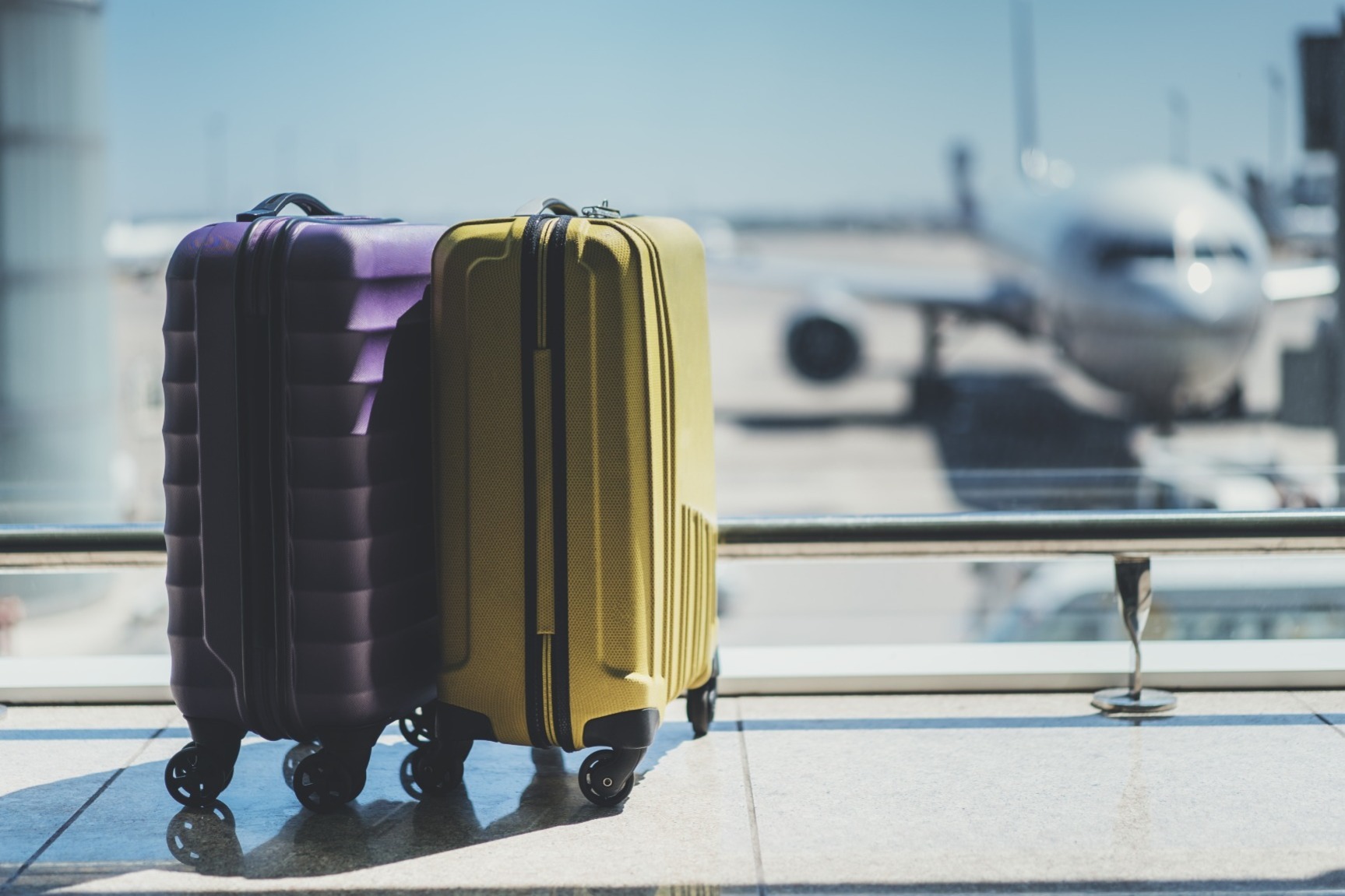Pest control holiday survival guide
Posted on 19th June 2019 at 17:50
We often see a rise in pest control callouts following the return of holiday makers, and when you consider that in 2017 there were over 72,000,000 overseas trips from the UK then it’s a common occurrence for travellers to come back with more than a tan and some dodgy looking souvenirs.
We have focused on the three main insect species that we think will give you the most trouble, a guide to simple steps that may prevent an pest infestation later on.
We have put together information that we think may help you prevent having to call us out when you get back home to the UK, by no means is this a definite guide to the types of insects you may come across but if it prevents a single infestation then it works.
The wife and I have stayed in a hotel room where the bed was infested with bed bugs and we didn't bring any back to the UK with us as I took precautions based on my pest control knowledge.
Before you wonder why we stayed there, it was the only room available and in the only hotel on an island that was allowed to sell alcohol.
So a no brainer, especially after a long haul flight and 24 hours to wait for the boat.

The guide covers mosquito’s – not really considered a UK pest but there are serious health issues when travelling abroad due to a virus carried by one of the commonest mosquito species. We obviously talk about bed bugs in the guide as these insects are worldwide and they are adapting at an alarming rate becoming the thing of nightmares. Finally cockroaches are covered on the guide as they will be encountered just about wherever you go but remember there are species of cockroach (even in the UK) that are not associated with dirt and filth
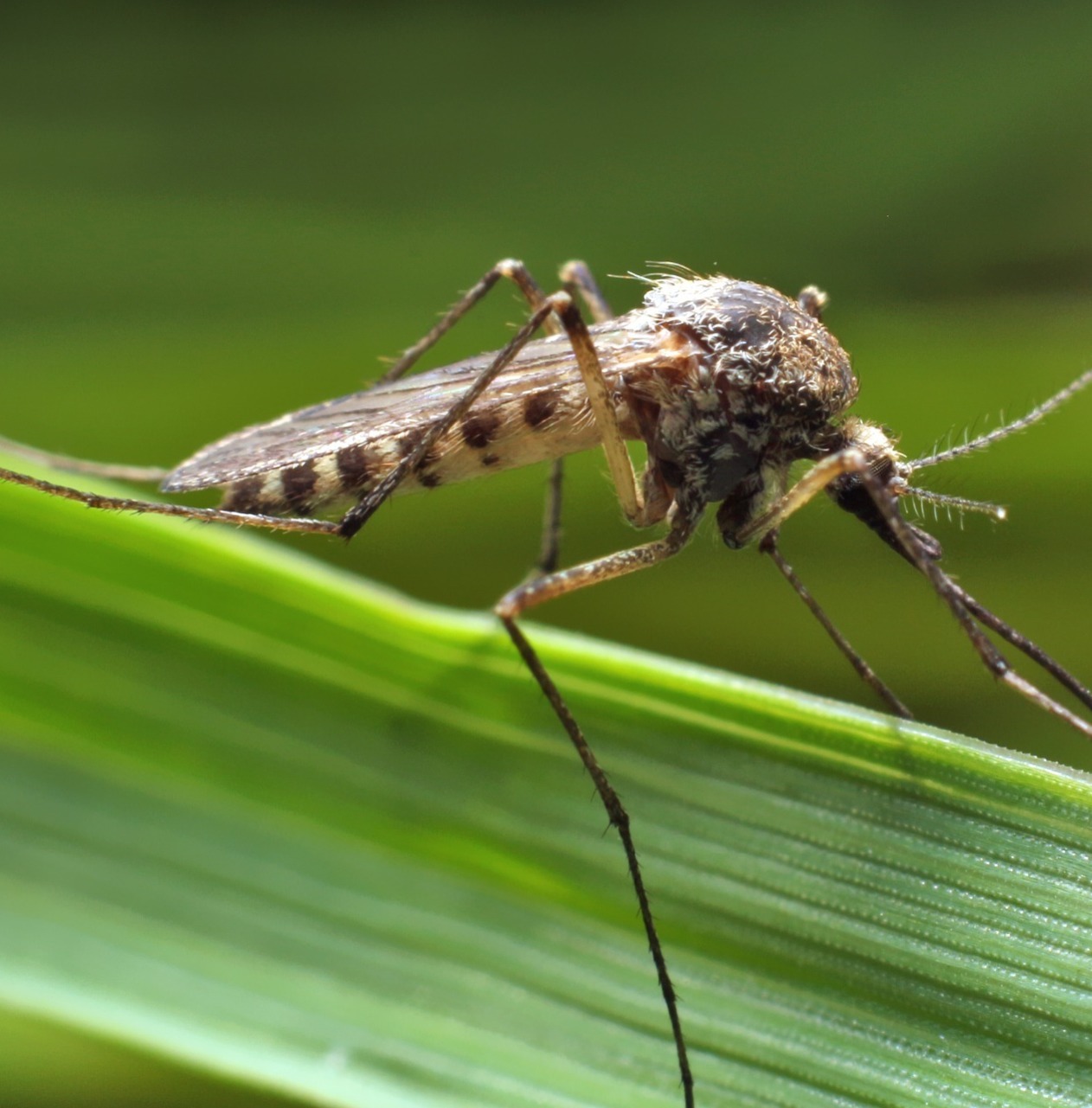
Mosquitoes
August and September is our bed bug season, we get call outs for these blood sucking pests all year long but we see a massive spike in treatments when travellers arrive back in the UK with an unexpected souvenir.
Bed bugs will feed every few days, they puncture the skin and tap into one of the small capillaries’, blood pressure then does the rest and the bed bug gets its meal. As with every living thing if it eats then it defecates and the easiest way to check for a bed bug infestation is to look for bed bug poo.
Bed bug poo resembles black dots that look like the marks left from a nib of a marker pen and these will be found wherever the bugs roam. Highest concentrations will be where the hide: seams on the edge of the mattress, around gaps in the headboard and on the ends of wooden slats – think cracks and crevasses’.
Bed bugs release a harbourage pheromone meaning that they congregate in small groups – these tend to be in tight places and the insects squeeze together.
You’ve had a long flight and its incredibly hot ( well it was raining in Reading when you left!) and the turquoise blue water of the pool beckons and the pool side bar shuts in 30 minutes. There’s usually a rush to get the cossies on, grab a towel, bottle of suntan cream and that book you’re dying to read and away you go – on holiday at last!
But just slow down for five minutes.
Spend those five minutes checking for bed bugs – remember the case is open as you dug your cossies out and the contents are thrown all over the bed. The sheets will be fresh so don’t bother checking those, but the mattress will hold the clues, pull the sheets of the top and bottom of the bed and fold the seams open looking for mahogany brown beetles (apple pips is how they look to me) and the blood spots.
Then check the head board so pull the bed away from the wall and have a good look, if there is an bed bug infestation you may see the discarded shells of the insects exoskeleton – as they mature they moult the old ‘skin’ off and these may be left behind so look closely on the floor.
Nothing there? Last one in’s getting the drinks.
Mosquitoes have always been a problem for holidaymakers, whether it’s a week in the Greek Islands or a far flung trip to somewhere exotic, we all stock up on mosquito repellent.
The Zika virus is carried by the Aedes mosquito which ironically bites during the day; I say ironically because Government advice on avoiding these bites is to cover us, use a mosquito net over the bed and use repellent – none of which you can do whilst sat around the pool, well you could but you’d get some funny looks.
Zika is a widespread disease that ranges from the USA, the Caribbean, Africa and across Asia; on its own it causes a mild fever along with a rash, headaches, conjunctivitis and joint / muscle pain. Infection time from bite to recovery can be as long as 21 days, however the Zika virus can be sexually transmitted.
The advice from the European Centre for Disease Prevention and Control is to take precautions against pregnancy following infection with the virus; the risk time is far longer than 21 days – women should avoid getting pregnant for 2 months AFTER infection and men need to go further and avoid unprotected sex for 3 months.
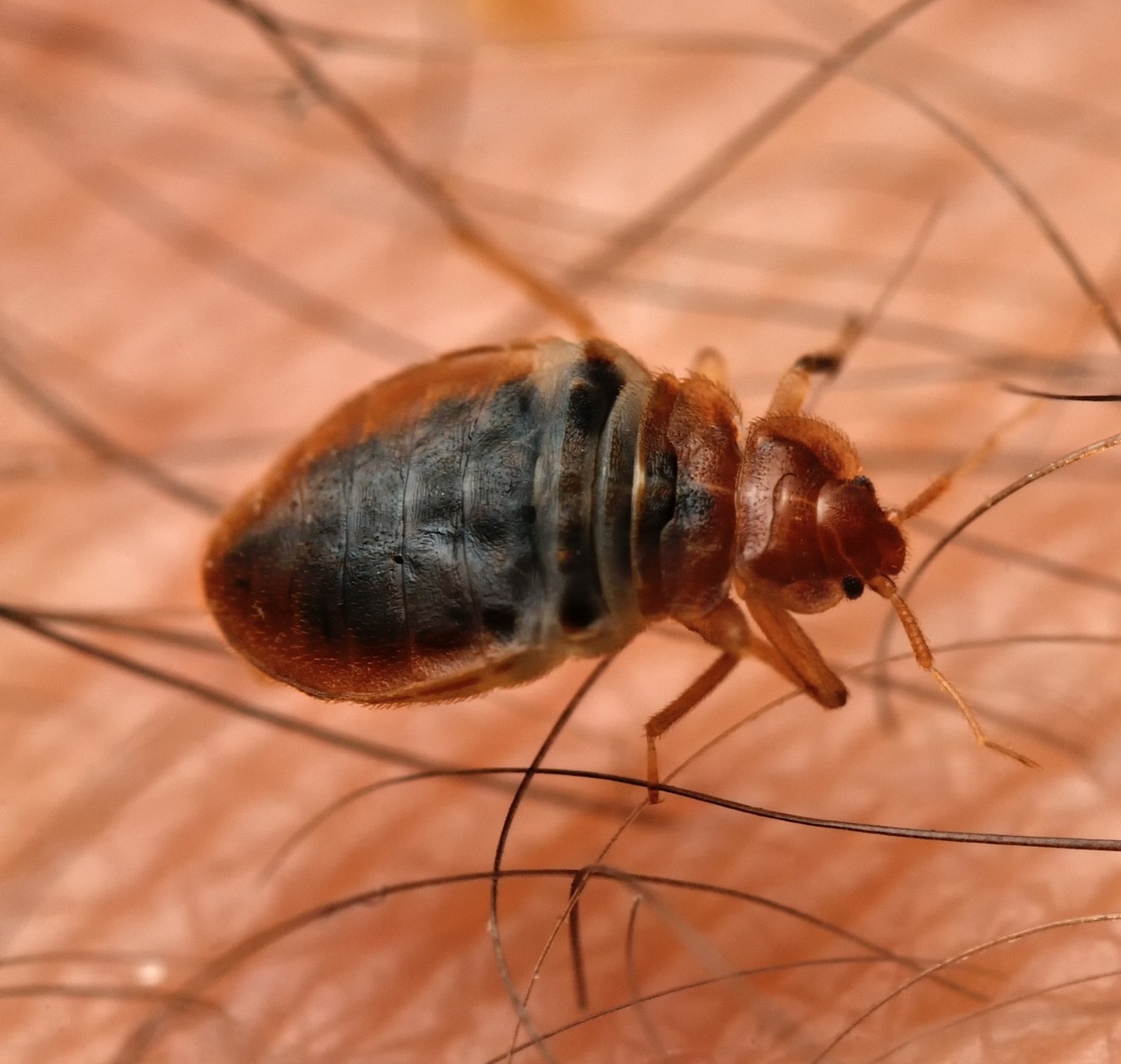
Bed bugs
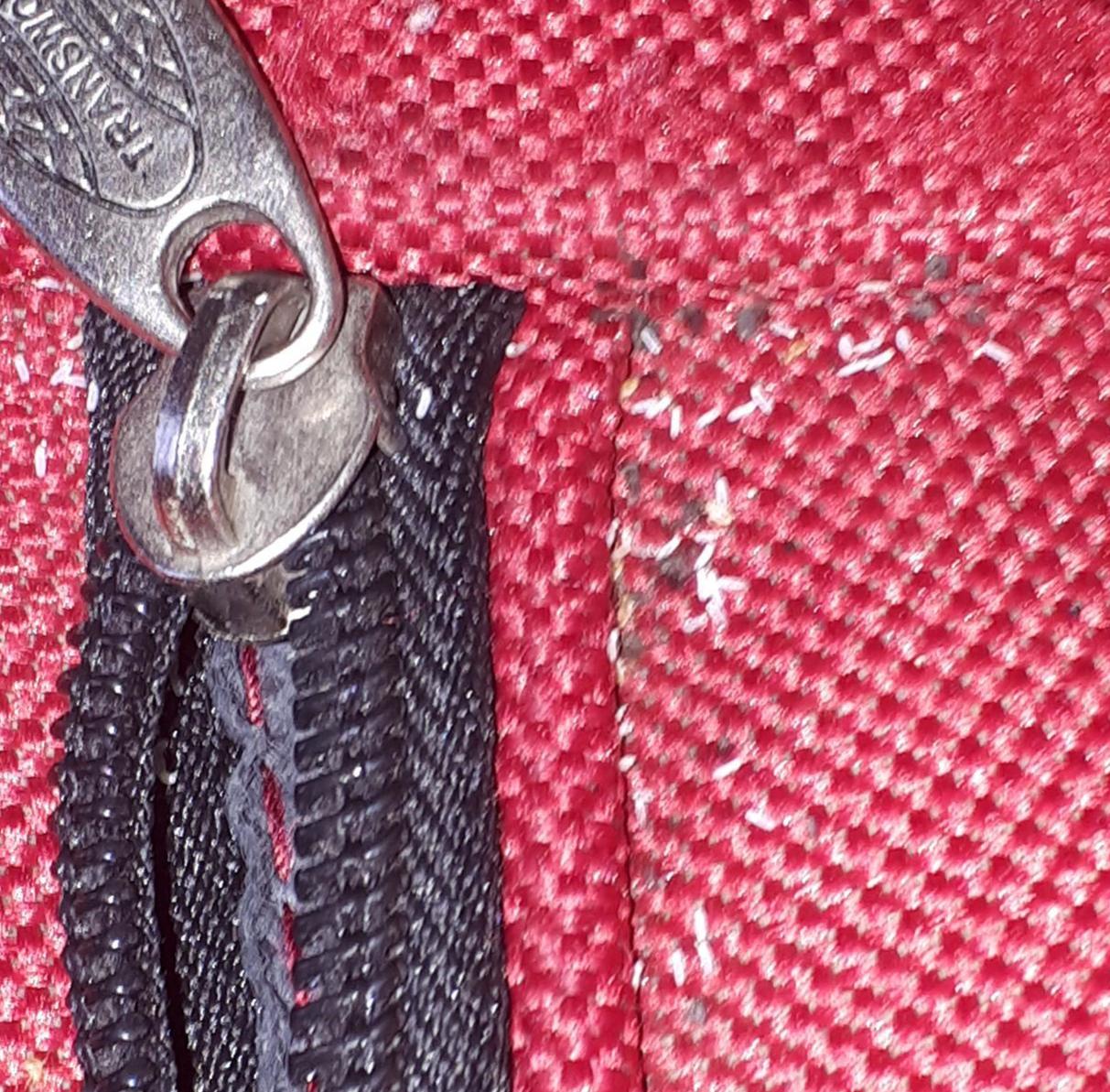
Bed bug eggs on a suitcase
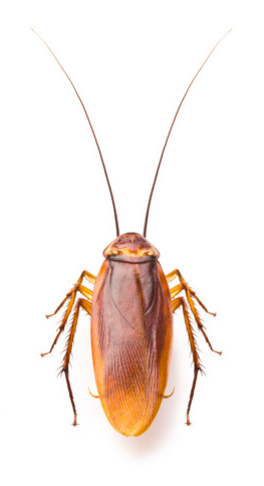
Cockroaches
If you saw a cheeselog crawling across the lounge you wouldn’t be horrified would you? Cheeselog oh sorry its a Berkshire name for the woodlouse, other names are available as well see the map, however these insects aren’t associated with grime and to some degree with cockroaches we should give them the same respect. A recent arrival from Turkey and the Southern Mediterranean is the Amber Wood Cockroach, this is the type of roach that you’ll often see at night on holiday and is part of the outdoor fauna and flora now resident in Southern England – no doubt another holiday souvenir.
Cockroaches however can spread disease and are associated with filth and these will be encountered from time to time on holidays, they like dark places and an unlocked but open suitcase tucked under the bed in a hotel room is just the spot.
Putting cases beneath beds in hotel rooms is a definite NO – NO, not only the risk from a wandering cockroach but I can testify to a bed bug infestation that we dealt with in Reading as a result of eggs being laid on a suitcase. Shut the case and stand them in the corner of the room, its also been proved that bed bugs are attracted to smelly clothes, so if you’re unable to do laundry and you expect to bring back a case full of soiled clothing – put these in a bin bag and keep them sealed in the case.
While the cats away the mice will play.
You’re off for two weeks and leaving the house empty – or so you think, leaving food or rubbish about may bring rodents into the house. Rats and mice like peace and quiet and the smell of rotting food in your wheelie bin may bring them up to the boundary of the house and from this point they can penetrate the walls through burrowing and gnawing through plastic air bricks.
Ask your neighbour to take your rubbish or put your bin out; Wokingham has the blue bag scheme, Bracknell, Maidenhead and Reading all use wheelie bins so it should be relatively easy to get rid of the waste.
On the subject of cats, if you have a pet that will be going into a commercial kennel or cattery treat the animal for fleas before it goes in. Its advisable to change the chemical formula on flea treatments form time to time as we saw a lot of resistance from fleas last year and with the wetter summer we’re having this year there will be more fleas about.

No matter where you go and when:
Happy holidays :-)
Tagged as: Insects
Share this post:





